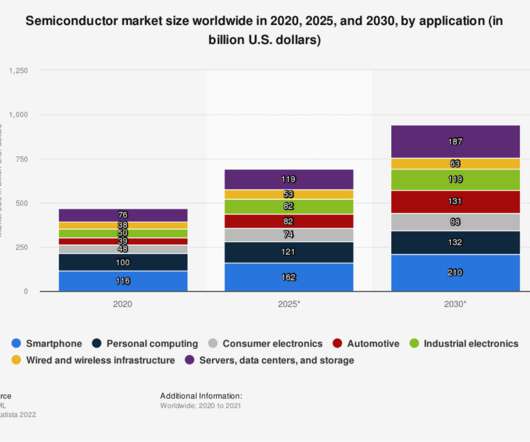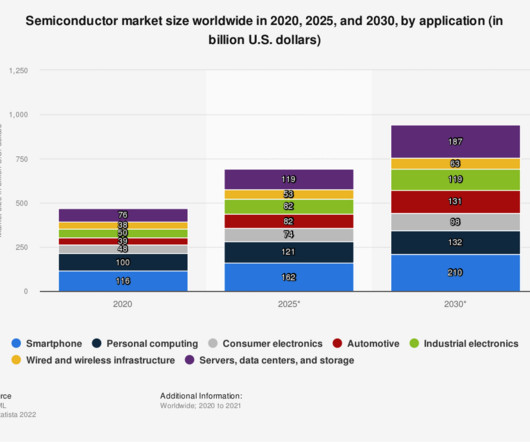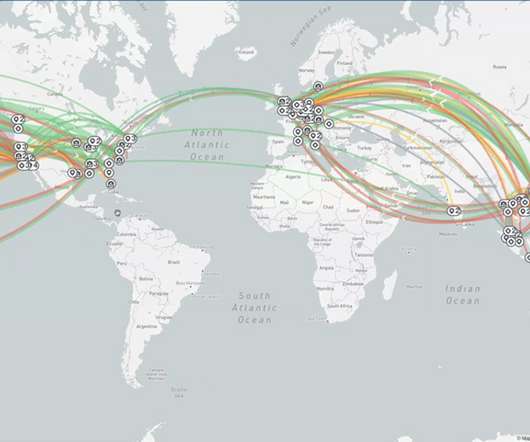Looking Beyond Red Arrows
Supply Chain Shaman
JULY 3, 2017
As a result, supply chain leaders focus on unrealistic goals of inventory or costs, they will throw the system out of balance. To illustrate the point, here we share snapshots from four different value chains: automotive, healthcare, consumer, and technology. The growth rate of 2016 when compared to 2010 is an increase of 28%.












































Let's personalize your content